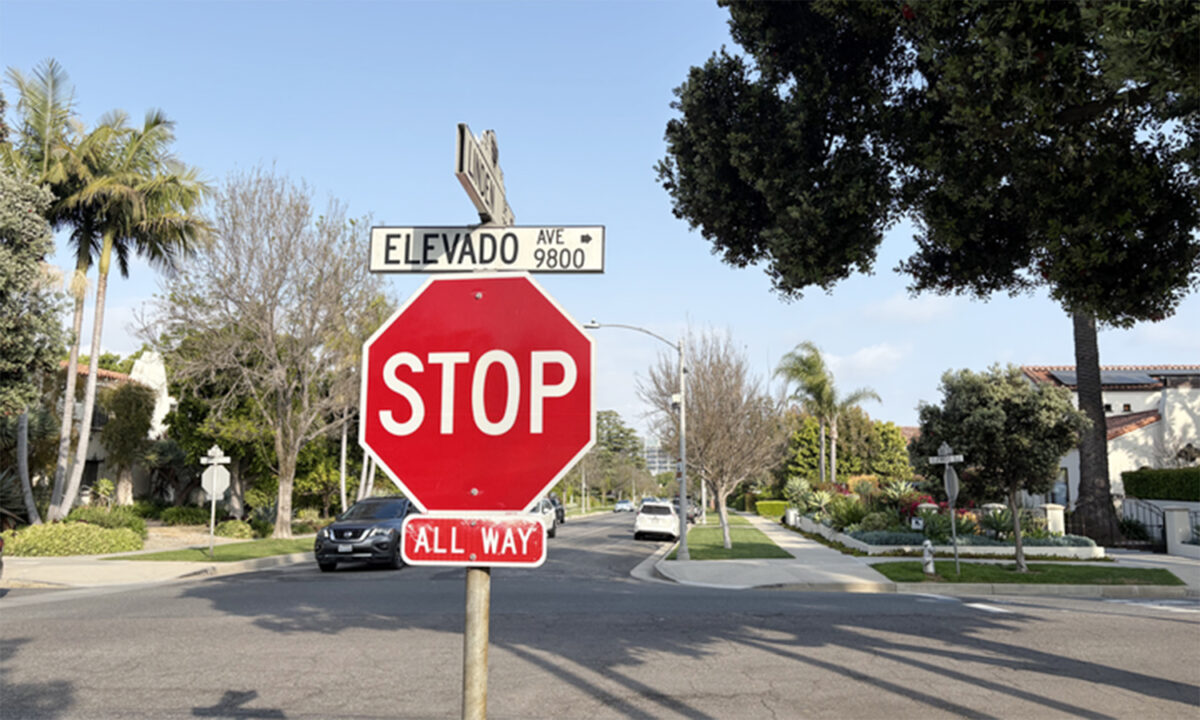As the United States passes the tragic milestone of 200,000 lives lost to COVID-19, Los Angeles County officials warn that the County may be on the brink of another spike unless residents continue observing health precautions. The Los Angeles County Department of Public Health (Public Health) has noted progress in key metrics, including daily hospitalizations and deaths. At the same time, the viral transmission rate has seen a small bump over the last week, growing from 1 percent to 1.2 percent. In the City of Beverly Hills, the number of cases has grown from 655 a week ago to 577 as of Sept. 24.
“We have seen a slight increase in cases recently which we are watching closely, especially since these increases happened after the Labor Day weekend,” Public Health said in a statement.
As of Sept. 23, Public Health has documented 31 new deaths and 1,265 new cases of COVID-19. This brings the County’s case total to 263,333, with a sobering 6,423 deaths.
“We are thinking every day of the many people across L.A. County who have lost a loved one or friend to COVID-19. We are so sorry for your loss.,” Director of Public Health Dr. Barbara Ferrer said in a statement. “For so many people, COVID-19 has resulted in serious illness and death. These people are our friends, our neighbors, our colleagues and our loved ones.”
With 779 individuals currently hospitalized due to the virus, daily hospitalizations have declined and to slightly lower than the numbers seen in early April. For most of September, the number of hospitalizations COVID-19 patients has remained below 1,000–a reflection of a declining transmission rate and improvements in treatment resulting in shorter hospital stays.
Reassuringly, deaths have charted a consistent decline since the County’s peak two months ago. In late July, Public Health reported an average of 43 deaths a day, and on September 9, that average shrank to 20. Public Health still sounded a note of caution, warning that activities from Labor Day may translate into more hospitalizations and deaths in the coming weeks.
Another optimistic marker in the County’s fight against the virus, the percent of tests that return positive results has fallen significantly from about 8 percent in July to about 3 percent in September.
Los Angeles County remains in Tier 1, or purple, the state’s highest risk level in its color-coded system. If the County maintains a low positivity rate and the numbers remain small for two consecutive weeks, the County will enter into a lower risk level, allowing it to lift restrictions on businesses and schools.
The California Department of Public Health unveiled new guidelines on Sept.
22 allowing nail salons to resume indoor services, even in Tier 1 counties. Previously, nail salons were prohibited from reopening until its county fell to Tier 2. Still, counties maintain discretion over the choice, and Public Health has indicated that the County will not rush to any decision.
“Public Health will be consulting with the Board of Supervisors to determine the timing of adopting changes to the County Health Officer Order that would allow nail salons to resume modified indoor operations,” Public Health said in a statement.
The data released by Public Health continues to highlight the virus’s disproportionate impact on people of color and residents from disadvantaged areas. Even there, the gap in health outcomes continue to narrow.
Data continues to expose disproportionality in COVID-19 health outcomes by race, ethnicity and area-poverty. However, Public Health sees signs gaps are starting to close. While Latinx residents continue to die at twice the rate of white residents, the disparity has shrunk from 4 to 2 times the rate. The difference between Black residents and white residents has virtually disappeared. During peak transmission in July, Black Angelenos died at 3 times the rate of white residents. Now, both demographics show similar rates of death.
At the July peak, the mortality rate for people living in communities with the highest levels of poverty was 6.5 deaths per 100,000 people. This was over 3 times higher than that of people who were living in communities with the lowest levels of poverty. As of Sept. 13, the mortality rate among people living in areas with the highest levels of poverty dropped to 3.2 deaths per 100,000 people, which while much lower than the July rates, remains 3 times that of people living in the lowest levels of poverty.
“There is still much work to do to close these gaps,” Public Health said, “and we will continue to work with partners who are addressing the inequitable distribution of resources and opportunities that are essential for optimal health and well-being.”







